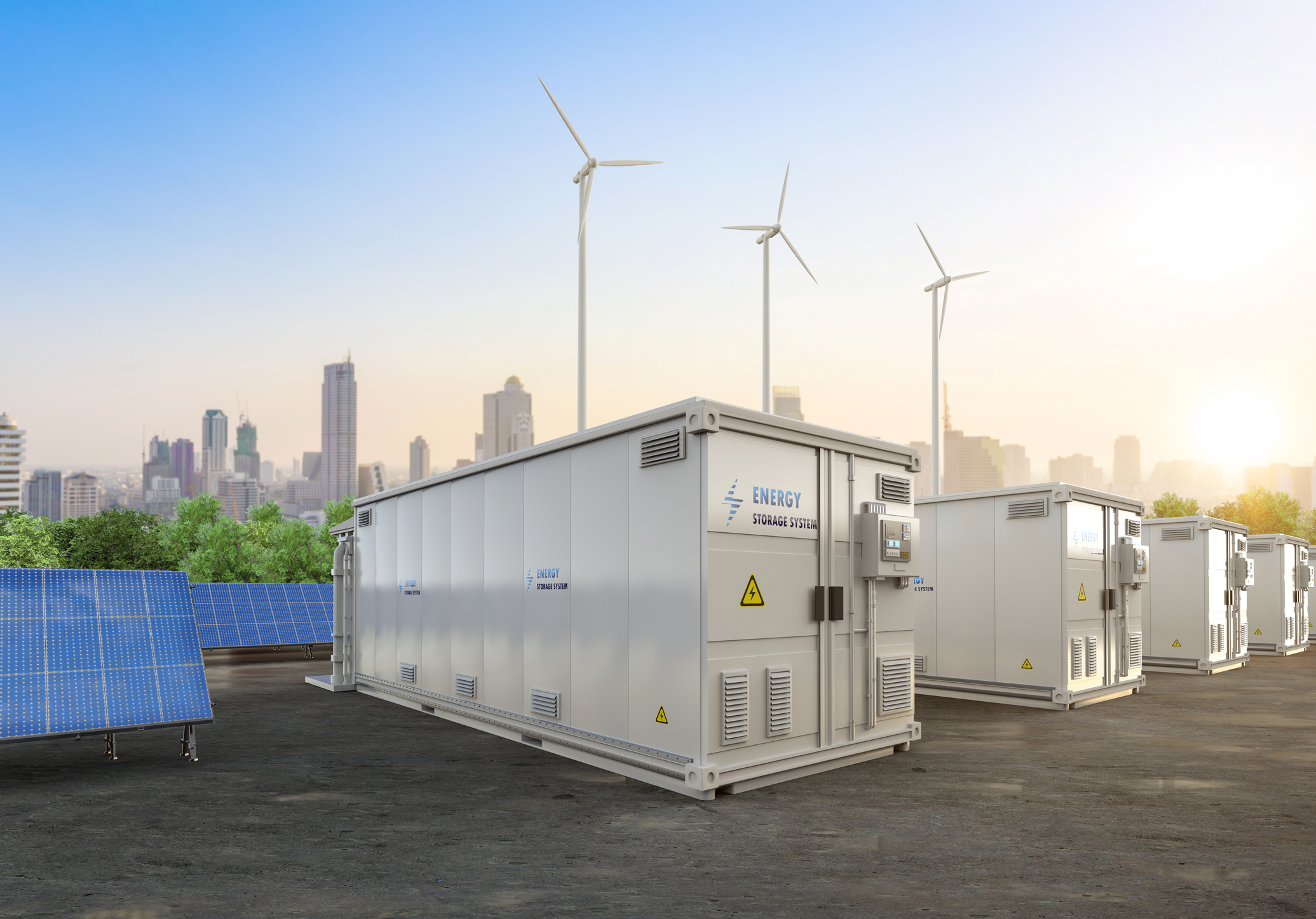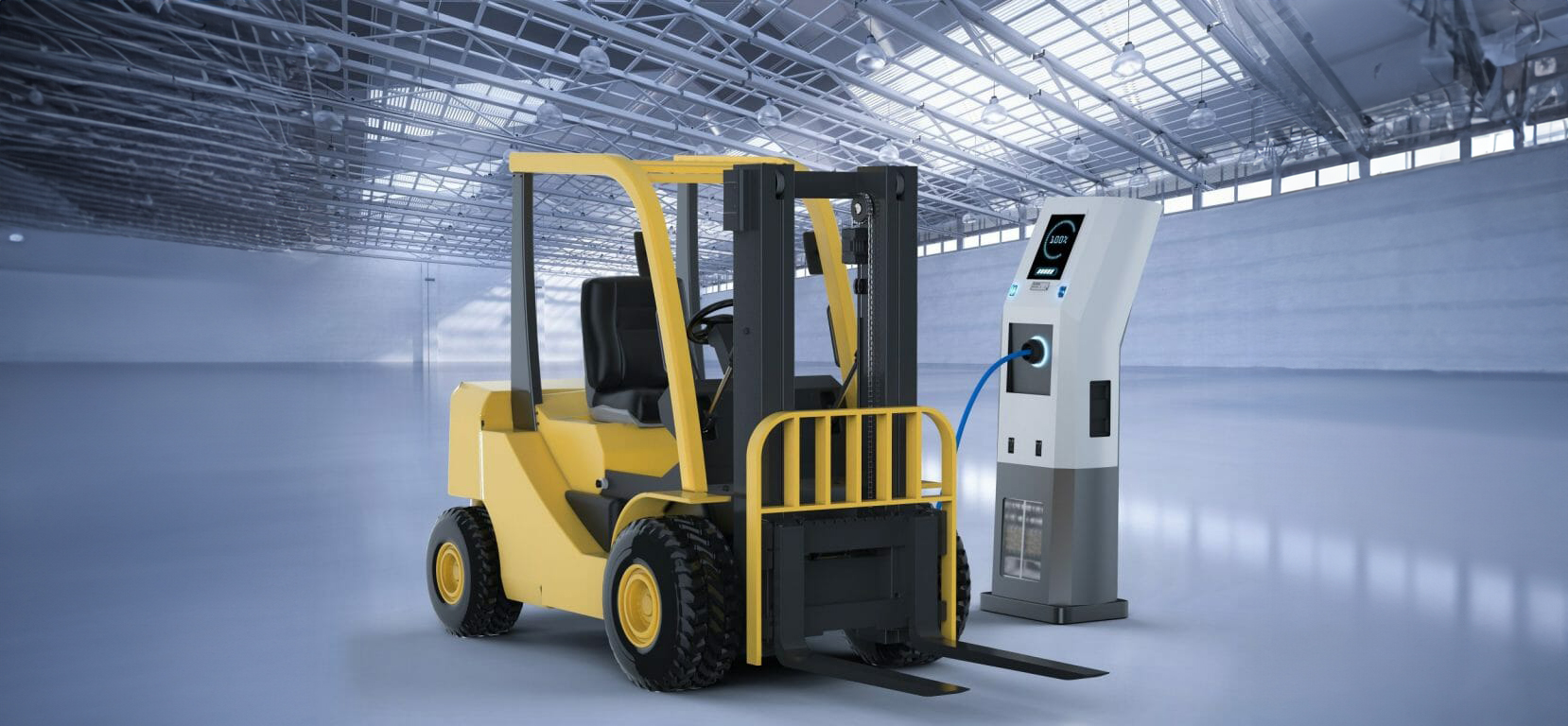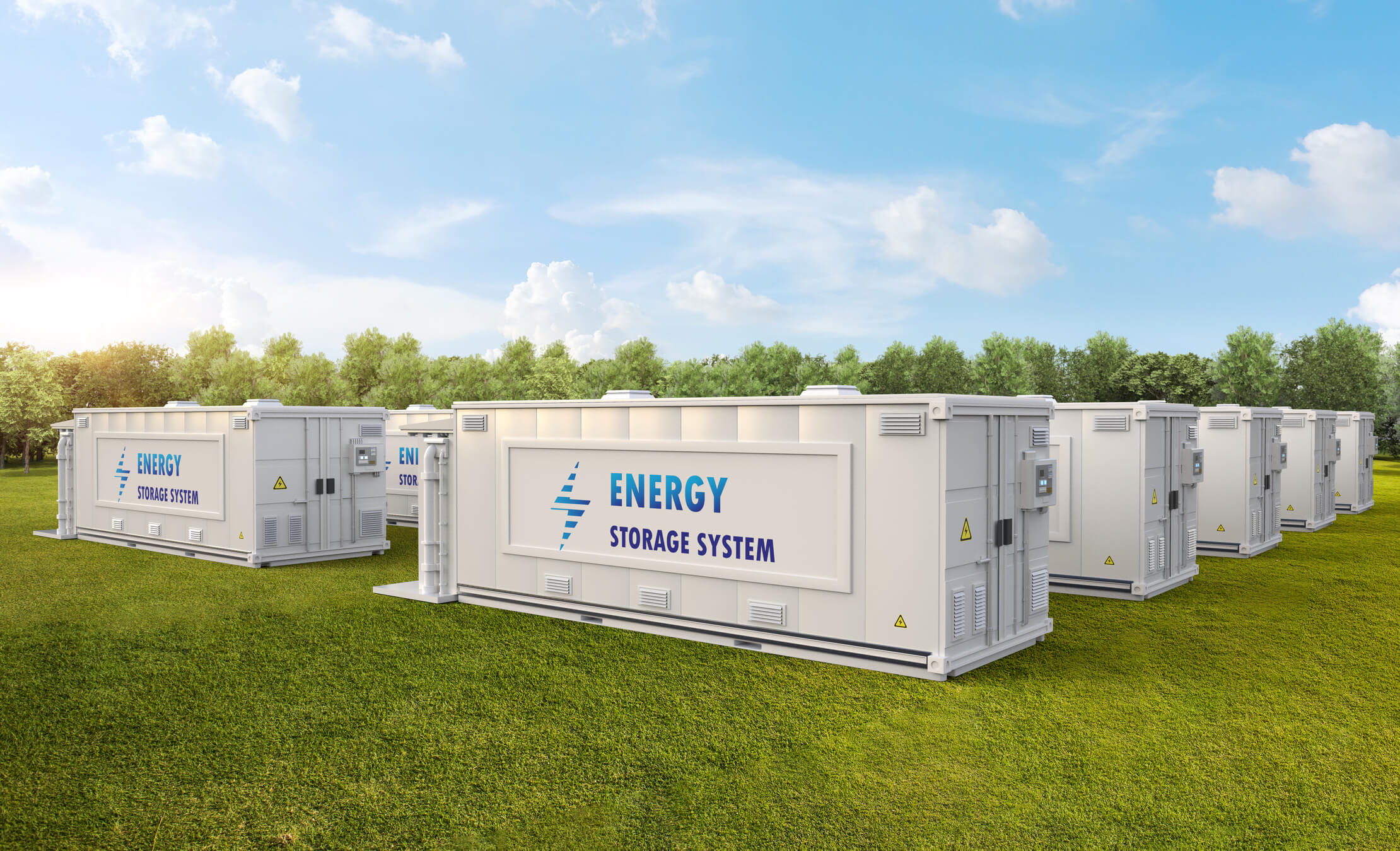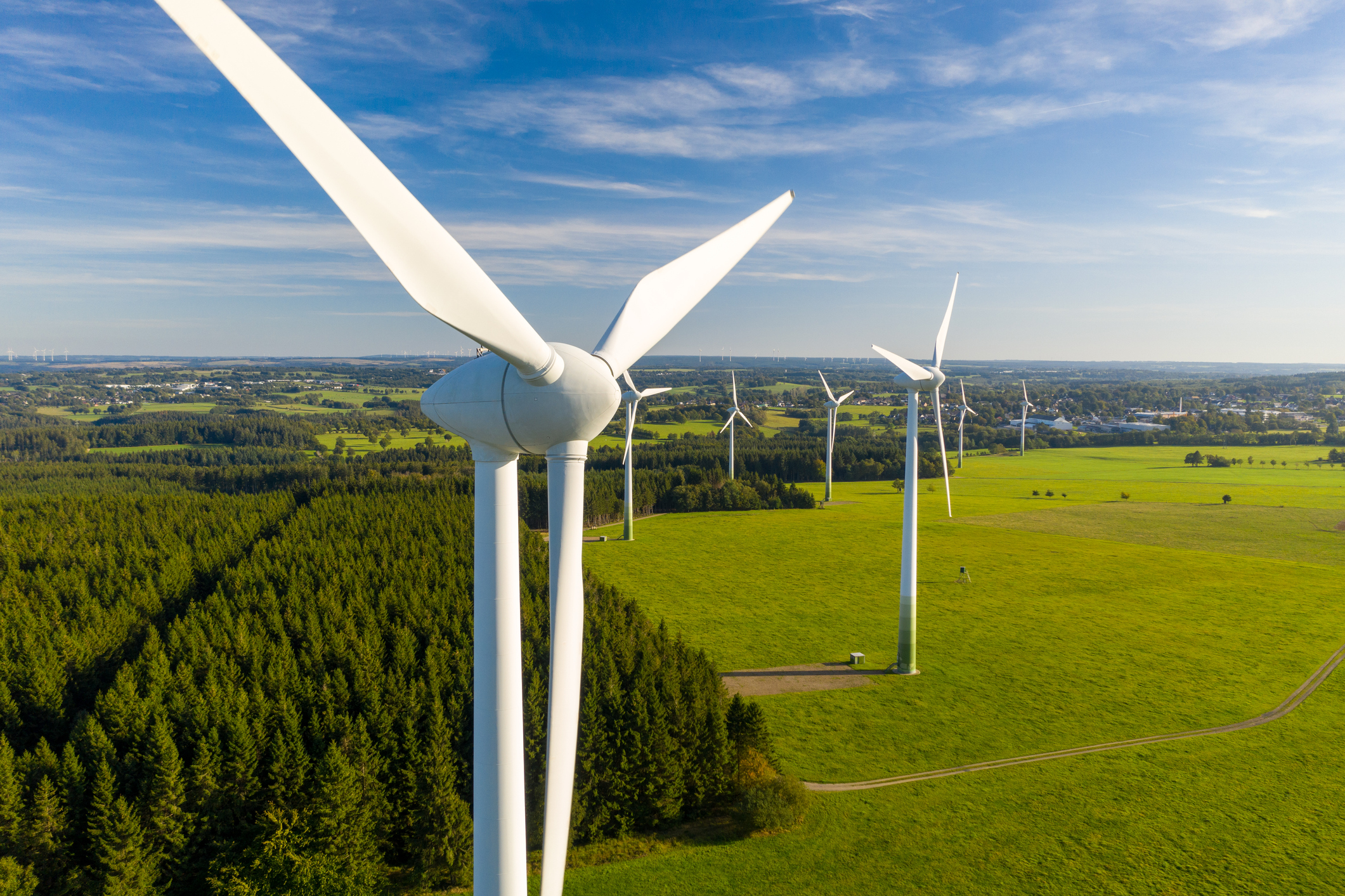The availability of renewable energy as part of many electric utilities’ power generation mix has provided exciting new green resources for businesses and homes to draw on. Still, they require a way to harness that energy when it is needed. A battery energy storage system (BESS) offers a rechargeable way to preserve solar energy and funnel it to homes and businesses. The systems have grown more sophisticated with time and better engineering, and today they can achieve actions such as load shifting and adjusting to peak usage times.
Finding the proper types of battery energy storage systems ensures the function of many commercial and residential applications. Understanding how the storage systems work can give you the best return on your system.

The Basics of Battery Energy Storage
Battery energy storage consists of three primary steps.
- Charge
- The BESS receives its charge during the daytime when solar power is generated in daylight hours.
- Optimize
- The battery software performs several functions using algorithms to determine the optimal time to generate solar power, including:
- Considering time and resources of production of solar energy
- Analyzing past usage
- Reviewing the structure of utility rates
- Analyzing weather patterns
- The battery software performs several functions using algorithms to determine the optimal time to generate solar power, including:
- Discharge
- The BESS discharges energy during peak electricity usage times, decreasing or eliminating the high demand charges entirely.
What Are the Key Components of a Battery Storage System?
Several primary components make up battery storage units. They include battery modules, which can be swapped out and provide protection from a single module causing a battery outage if it fails. You can exchange it for another module without sending the system offline.
A BESS includes an onboard sensor and an inverter. A DC-coupled BESS uses a separate inverter, but with an AC-coupled unit, the inverter is integrated into the system.
The system also includes control components, which allow the user to set up the BESS to do the unique job they need. It eliminates the need for a user to update or change jobs continually. A BESS may be configured to store energy if a power outage happens or charge during off-peak energy usage hours while discharging during peak hours.
A high-grade BESS deployed by an electric utility or energy developer may include additional components, such as:
- Weatherproof construction: With weatherproofing, a BESS can be mounted outside without adding a protective covering.
- Architecture that scales: Energy providers can link additional BESS to each other to create a more extensive system.
- Built-in cooling systems: Cooling prevents overheating and increases the system’s optimal performance.
Adding these together provides a more effective and reliable unit. It can be used for many commercial applications, such as offering reserve capacity for the power grid, integrating renewables and making them a more reliable power generator, providing emergency backup during a power outage, and shifting loads to decrease the price paid for energy.

Learn about Battery Energy Storage Services From TRC
TRC offers assistance with battery energy storage systems to help your company use them more efficiently. Our responsive team has the experience to advise you. Contact us below to learn more about our energy storage system design, engineering and consulting services.







